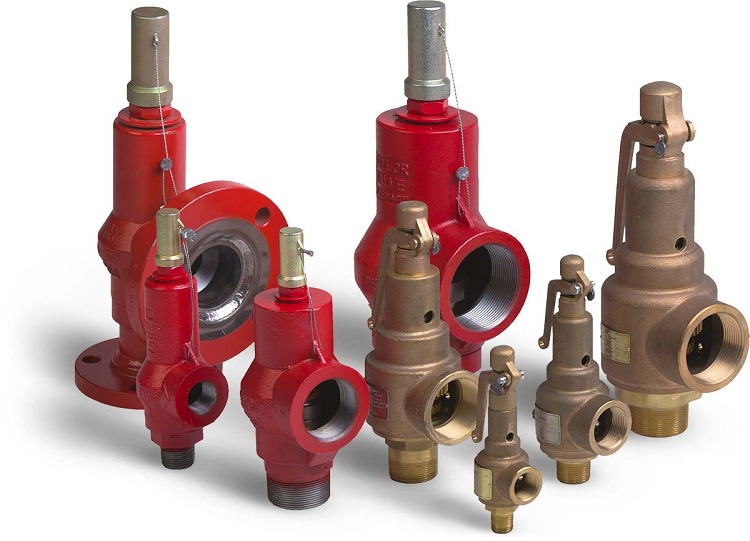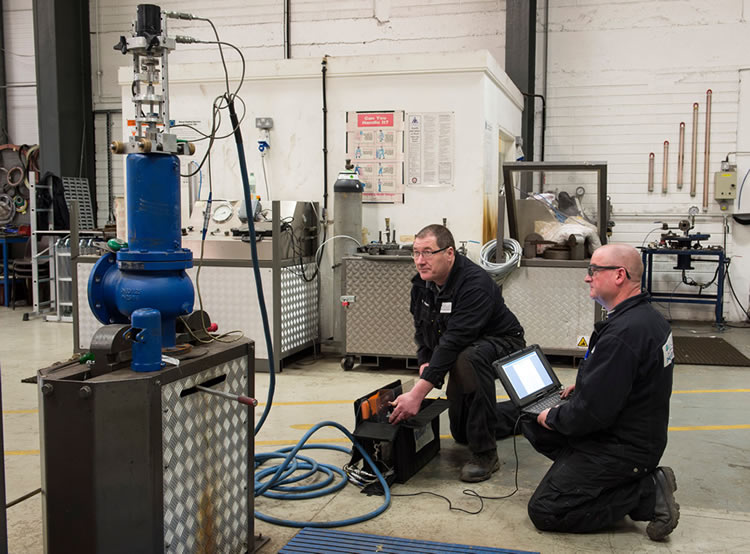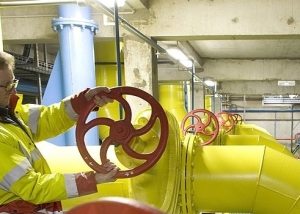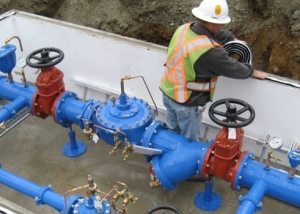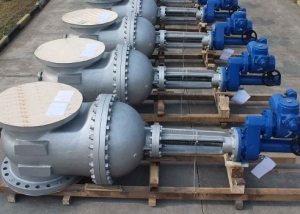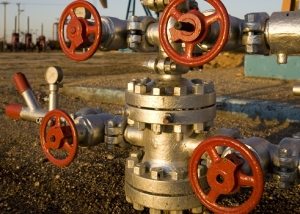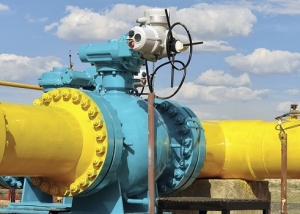Safety relief valves (UCS) are devices that are used in various gas pipeline structures and perform the function of discharging excess gas into the atmosphere or auxiliary pipeline. Gas discharge is necessary in order to get rid of excess pressure in the communication. UCS are used in other types of pipeline structures (heating, water supply), however, everywhere they perform the same function.

Overpressure in any system is extremely dangerous, therefore, relief valves are installed on almost all types of pipelines
Content
Why do you need UCS?
Relief valves of the relief type are necessary to equalize the pressure in the system, with its short-term increase. During operation, such devices are in the closed position, so they are referred to as closed pipe fittings. Such devices are mounted at the communication point, which is located behind the regulator, and are triggered in case of increased pressure in the gas pipeline. After the excess gas is discharged, the valve returns to its original state.
In the absence of UCS, various emergency situations are possible, among which the mechanical destruction of the gas pipeline is considered the most common. Excessive pressure arising in the system is automatically removed by UCS.
Note! UCS removes excess gas into the environment or into a branch of the main pipeline with a low pressure indicator.
PSK is an indispensable device that is responsible for the safety of pipeline structures, as well as pumps and valves. Consider the main factors that precede the appearance of excess pressure in the system:
- various malfunctions arising in the equipment during its operation;
- increase in temperature in communication;
- various physical processes that occur within the network;
- errors in the thermomechanical scheme.
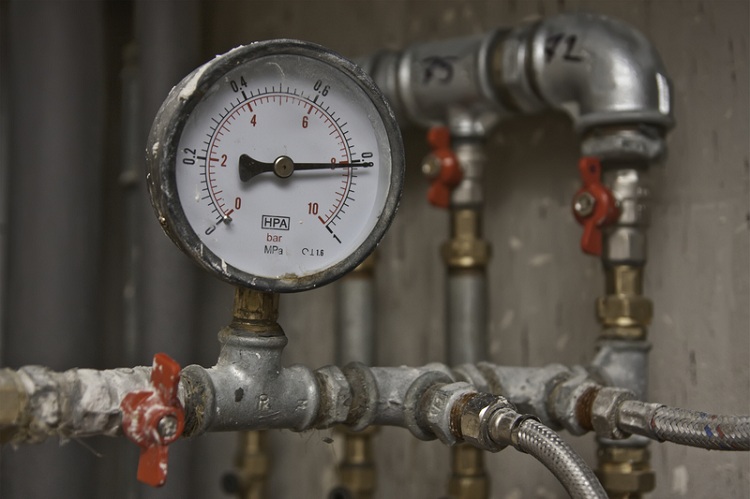
An increase in pressure can occur for various reasons and an accident can only be prevented by venting it.
The main advantages of PSK
Shut-off safety valves may have a different design, however, they all have common advantages, which are recommended to pay attention to. Consider the advantages of these devices:
- in addition to providing automatic control of the pressure indicators in the system, these safety devices provide sealing in the pipeline;
- one of the main advantages of CPM is that they have a simple design;
- UCS are easy to install;
- the versatility of these products allows their use in all types of communications;
- equipped with sealing elements and are resistant to wear;
- have an optimal indicator of building height;
- resistant to temperature extremes;
- resistant to corrosion. PSK can be used even in pipelines transporting aggressive chemicals;
- able to carry heavy loads.
Shut-off valves can be sealed with a bellows. Thus, the wear resistance of the safety device is increased.
Varieties of UCS
To date, all UCS are classified into species depending on the design and features of functioning. Consider the main types of safety relief devices, depending on their design features:
- membrane;
- spring.
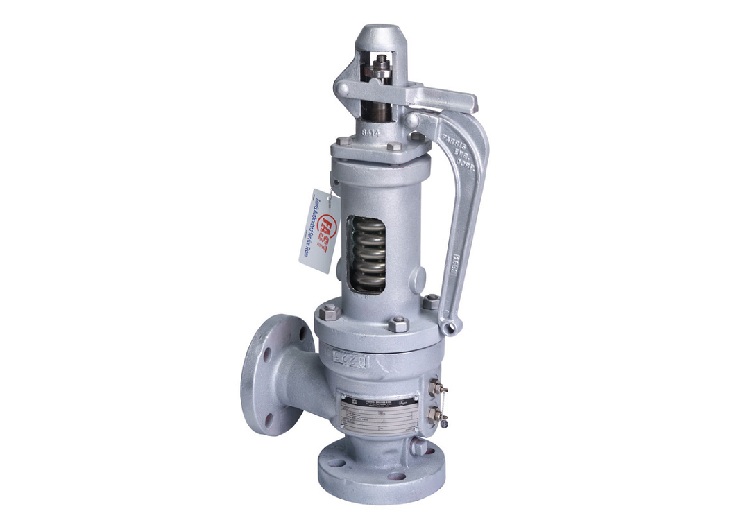
According to the design features, the valves are divided into two types, in one of them a spring is used as a locking element
Membrane The main advantage of such devices is that they are equipped with a special membrane. Such a membrane is characterized by high elasticity and performs the function of a sensitive part. In membrane devices, the spool performs only one function - the stop valve. Due to the presence of such a structural element as a membrane, the sensitivity indicator of KPS is enhanced. Such an increase contributes to the expansion of the operational range of shut-off and safety valves, as it becomes possible to use them in pipeline structures with low pressure indicators of the working medium.
Note! As a rule, diaphragm valves begin to work in the event of a pressure increase of not more than 15%.
Spring loaded. This type of UCS is equipped with a spring, which is necessary in order to open the valve with increasing pressure in the system, as well as to purge the device. PSK purging is a necessary measure, which allows to reduce the risk of sticking of the spool to the seat and remove foreign particles clogging the sealing elements.
In addition, CPM are divided into:
- low-lifting products;
- full lifting products.
In the first case, the shutter opens slowly (in proportion to the increase in pressure inside the communication). In turn, the safety valve full-height relief opens in case of pressure increase sharply.
Device, dimensions and principle of operation
Safety relief valves are made mainly from materials that are resistant to the harmful effects of corrosion (aluminum, brass). The body of the product, as a rule, has the shape of a truncated cone equipped with a saddle. There are two threaded holes on the body that can have different diameters (1 or 2 inches, depending on the type of valve). To date, you can find two types of valves, which are classified by section indicator - PSK-25 and PSK-50. Characteristics of CPM are presented in table No. 1.
Table 1
| Mm | Minimum working t, ° C | Maximum working t, ° C | Throughput, m³ / h |
| 50 | -40 | +45 | N / 20 - 200 C / 50 - 440 C / 125 - 1100 B / 1000 - 5600 |
| 25 | -40 | 45 | PSK-25-P-N-120 PSK-P-P-1000 |
UCS have a forced opening mechanism, which is necessary in order to check the operational accessory of the device. The device is checked for operability as follows: it is necessary to pull on a special element of the forced closing mechanism - traction (such manipulation should be carried out 3-4 times).
The principle of operation of the UCS is quite simple: excess gas from the network enters the valve cavity and acts on the membrane, which contributes to the removal of the spring. Thus, the membrane is lowered and gas is released into the environment. After removal of excess gas, the pressure in the communication returns to normal, and the membrane returns to its normal position by reactivating the spring.
Before the valve, it is mandatory to install a shut-off and control valve. This is necessary in order to stop the valve if necessary.
CPM requirements
Safety relief valves must comply with the necessary physical and technical parameters, which are described in the relevant documentation. Consider the basic requirements that are put forward to the CPM:
- the shutter of the device should fully open at the maximum pressure that was set during setup;
- the shutter returns to its original position automatically after the pressure in the network reaches the nominal or below it by 5%;
- after pressure normalization, the shutter should close without loss of sealing indicators.
Helpful information! Lift-type devices are more difficult to ensure proper shutter tightness after gas removal. This is due to the fact that such valves require more effort to achieve the required tightness indicators.
If the shutter closes with some delays, the pressure inside the communication may decrease to unacceptable rates. The consequences of such a reduction will lead to disruption of the system.
